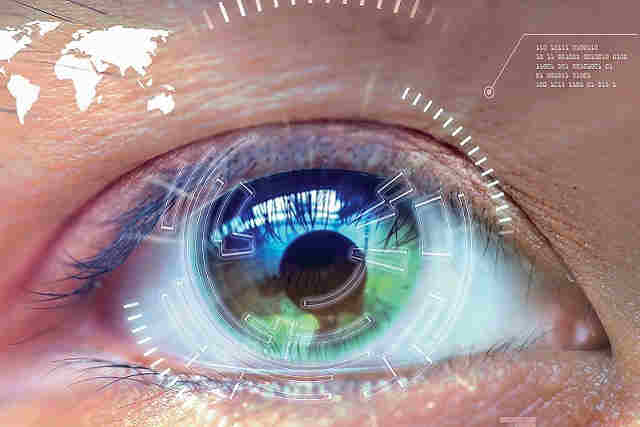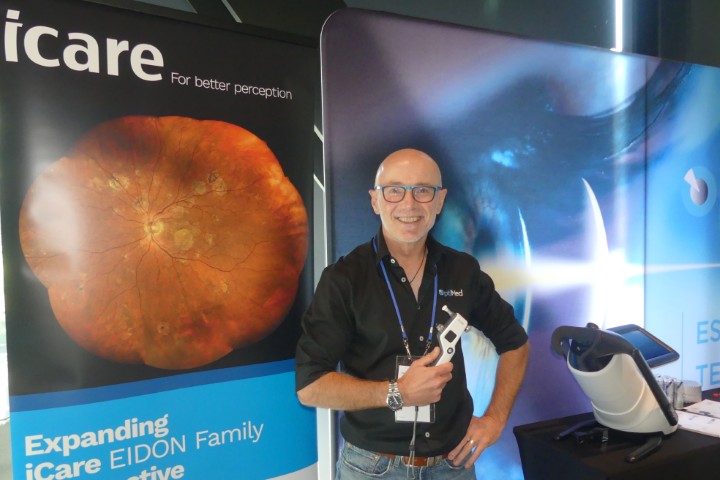Deep learning spots AMD?
A Johns Hopkins University study has shown deep learning (DL) can assist in a detailed assessment of age-related macular degeneration (AMD) and the estimation of 5-year risk of progression to advanced age-related macular degeneration with reasonable accuracy.
The study used 67 401 colour fundus images from 4613 study participants of the Age-Related Eye Disease Study AREDS) data set. Linearly weighted κ scores for estimating 4- and 9-step severity scale scores showed substantial agreement using gradings from highly trained fundus photograph graders as the criterion standard.
Although deep learning (DL) could identify the intermediate or advanced stages of age-related macular degeneration (AMD) as a binary yes or no, stratified gradings using the more granular AREDS 9-step detailed severity scale for AMD provides more precise estimation of 5-year progression to advanced stages. The AREDS 9-step detailed scale’s complexity and implementation solely with highly trained fundus photograph graders potentially hampered its clinical use, warranting development and use of an alternate AREDS simple scale, which although valuable, has less predictive ability.
The study’s findings, published in JAMA Ophthalmology, suggest that DL AMD grading has, for the 4-step classification evaluation, performance comparable with that of humans and achieves promising results for providing AMD detailed severity grading (9-step classification), which normally requires highly trained graders and for estimating 5-year risk of progression to advanced AMD. Use of DL has the potential to assist physicians in longitudinal care for individualised, detailed risk assessment as well as clinical studies of disease progression during treatment or as public screening or monitoring worldwide, the researchers say.


























